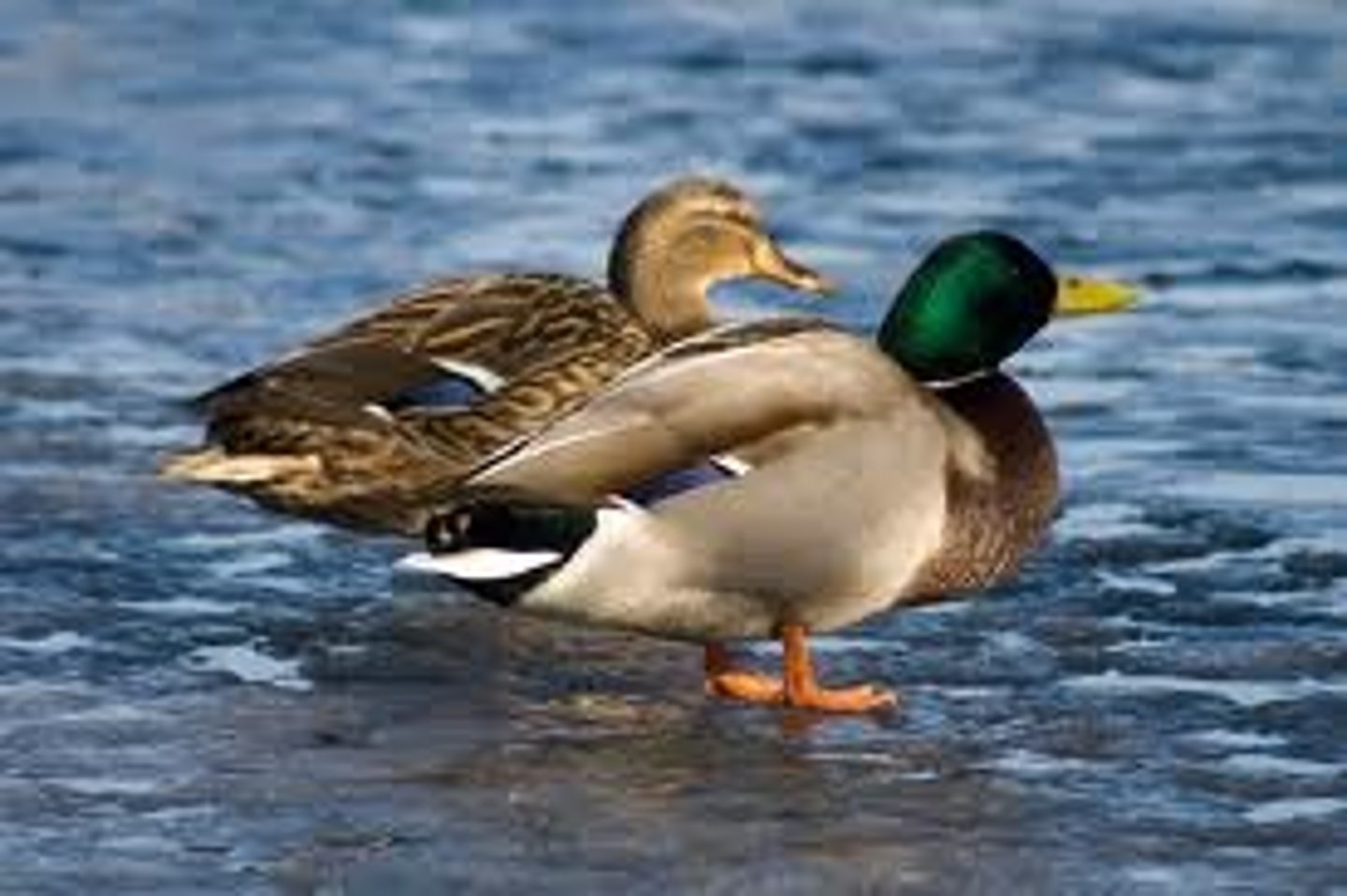Chapter 13 Key Terms - Urban Patterns
1/30
There's no tags or description
Looks like no tags are added yet.
Name | Mastery | Learn | Test | Matching | Spaced |
|---|
No study sessions yet.
31 Terms
Annexation
legally adding land area to a city in the United States

Brownfields
An area of a city that used to be centered around manufacturing but now has dilapidated buildings and polluted or contaminated soils.

Census Tract
An area delineated by the U.S. Bureau of the Census for which statistics are published; in urban areas census tracts correspond roughly to neighborhoods.
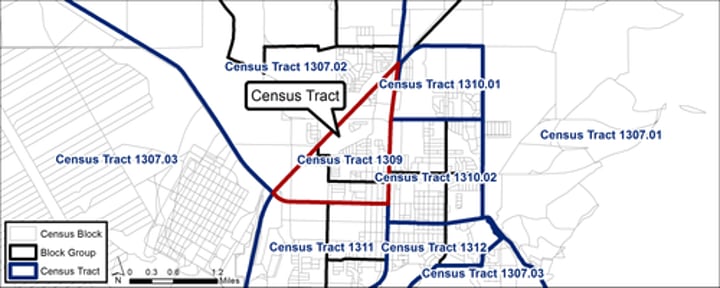
Central Business District (CBD)
The area of a city where retail and office activities are clustered
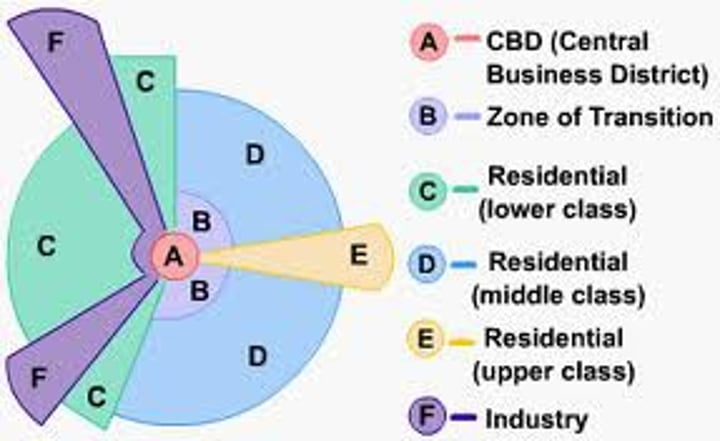
City
An urban settlement that has been legally incorporated into an independent, self-governing unit.
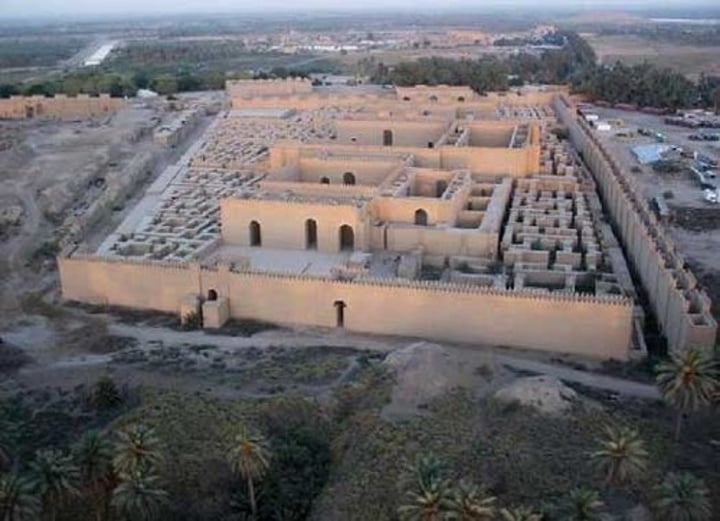
Combined Statistical Area (CSA)
In the United States, two or more contiguous core-based statistical areas tied together by commuting patterns.
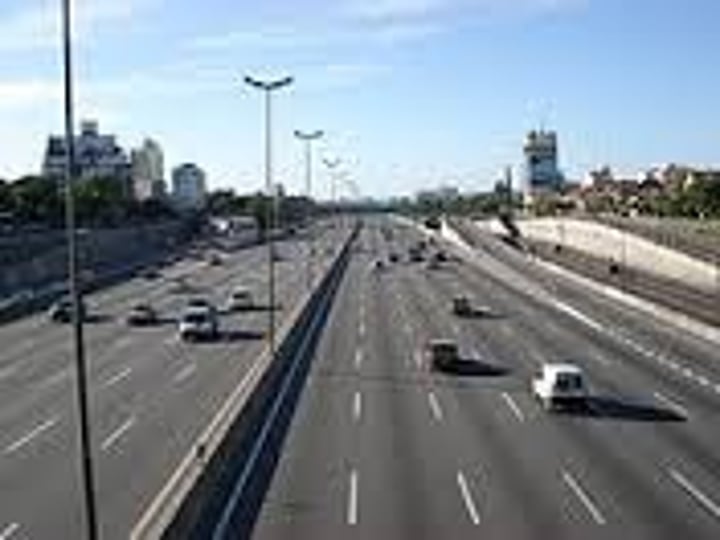
Concentric Zone Model
A model of the internal structure of cities in which social groups are arranged in a series of rings.
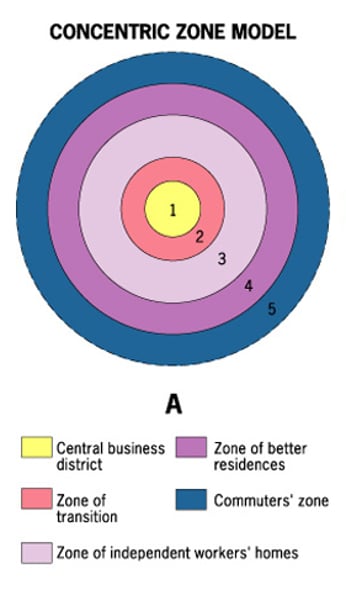
Core Based Statistical Area (CBSA)
In the United States, the combination of all metropolitan statistical areas and micropolitan statistical areas.
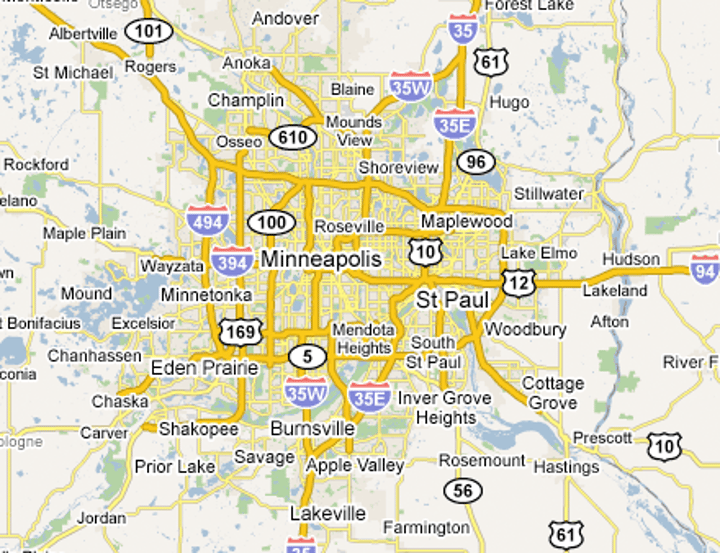
Council of Government
A cooperative agency consisting of representatives of local governments in a metropolitan area in the United States.

Counter-urbanization
The flow of urban residents leaving cities, often as a result of an immigration of migrants. (aka deurbanization)
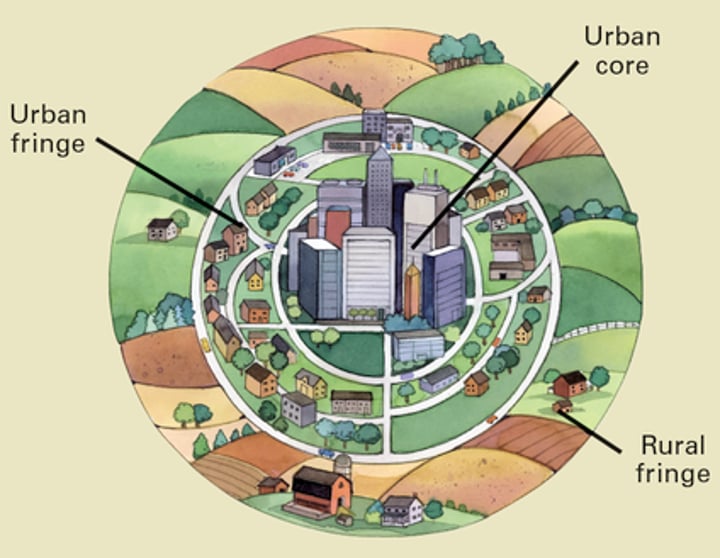
Density Gradient
The change in density in an urban area from the center to the periphery
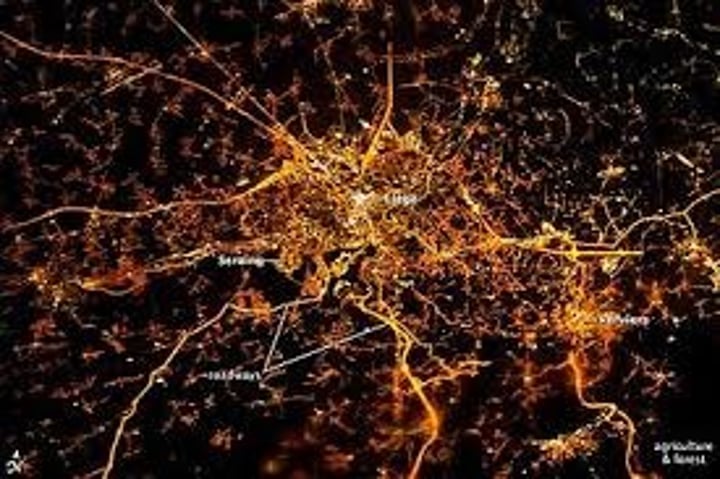
Edge City
A large node of office and retail activities on the edge of an urban area.
Exurbs
Prosperous residential districts beyond the suburbs.
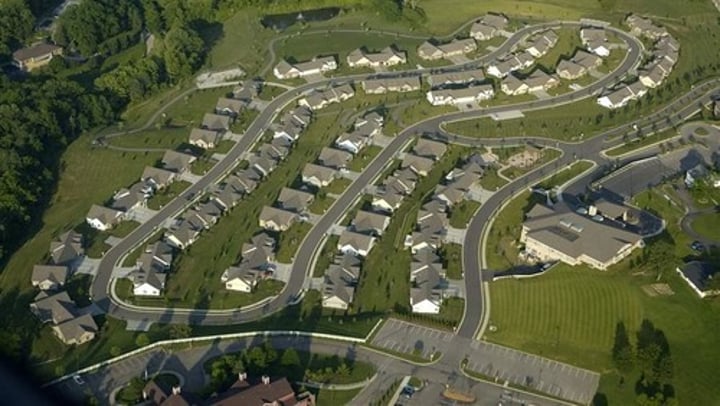
Eminent Domain
Laws that allow the government to seize land for public use after paying owners the market value for their property.
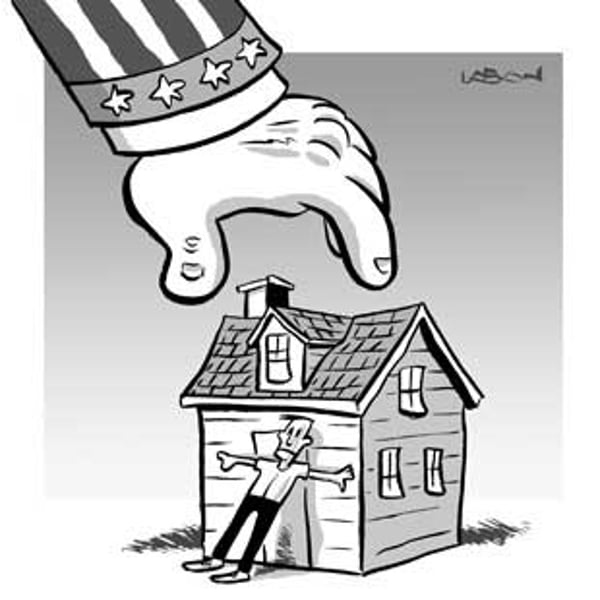
Filtering
A process of change in the use of a house, from single-family owner occupancy to abandonment.
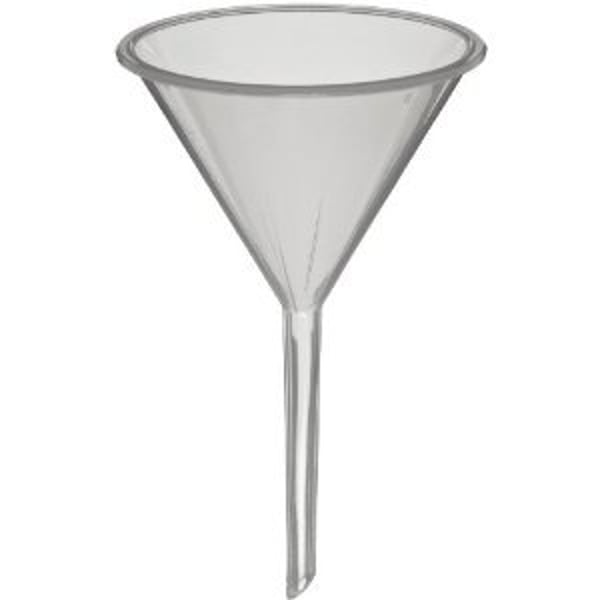
Food Desert
An area in a developed country where healthy food is difficult to obtain.

Gentrification
A process of converting an urban neighborhood from a predominantly low-income, renter-occupied area to a predominantly middle-class, owner-occupied area.
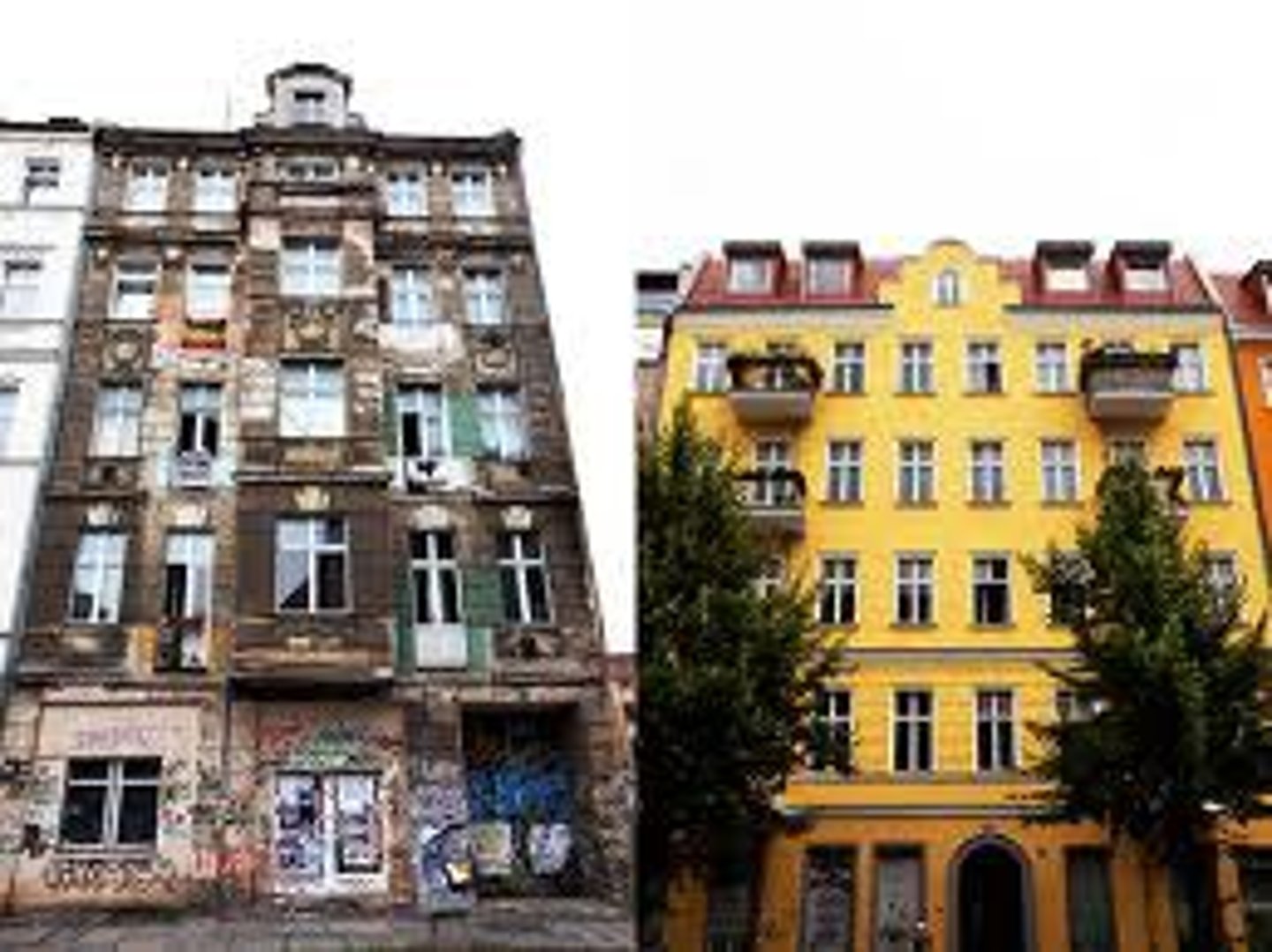
Greenbelt
A ring of land maintained as parks, agriculture, or other types of open space to limit the sprawl of an urban area.
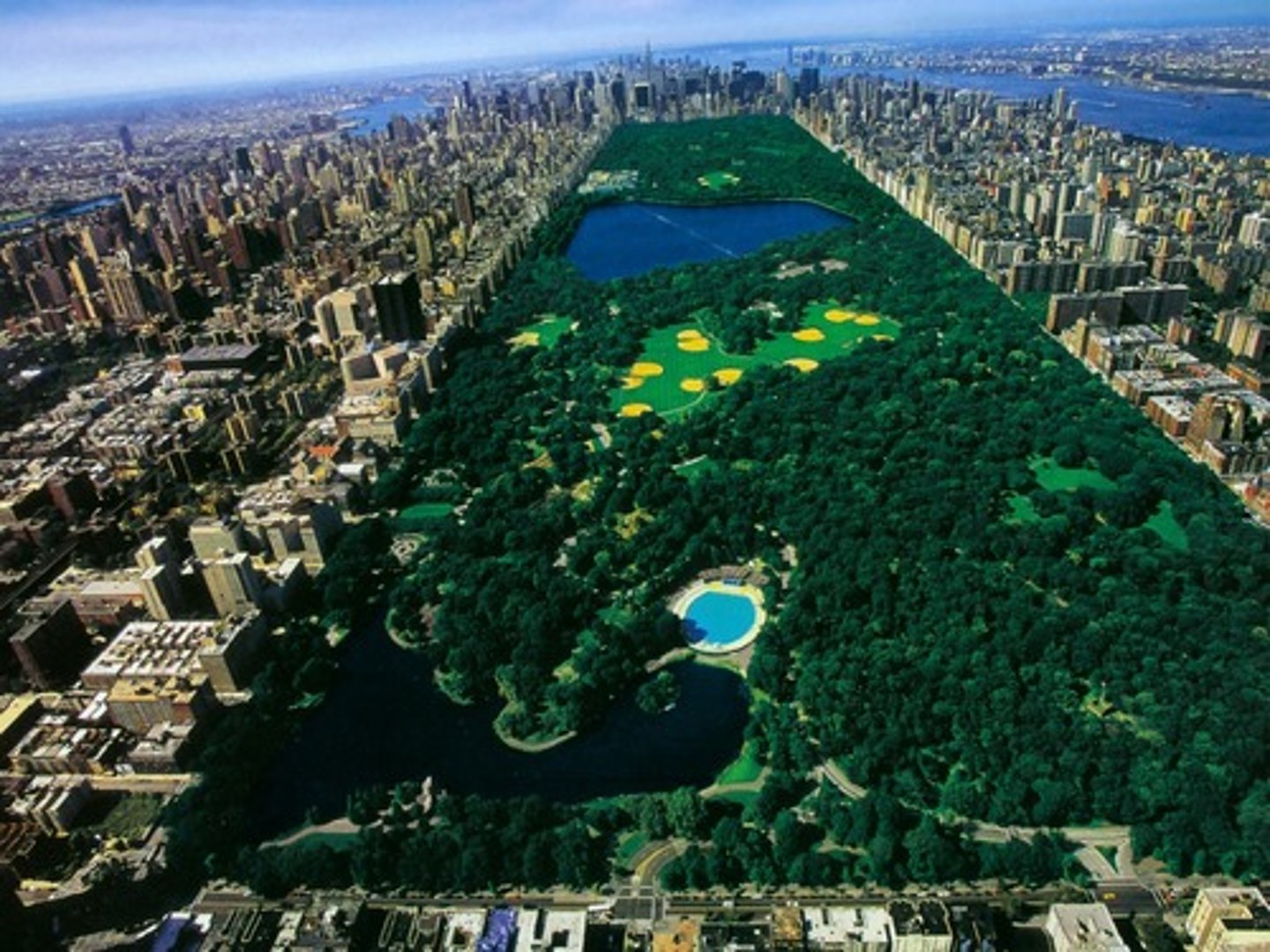
Leapfrogging
Developers purchase of land beyond the periphery of a city's built-up area but close to highways making travel to city more convenient.
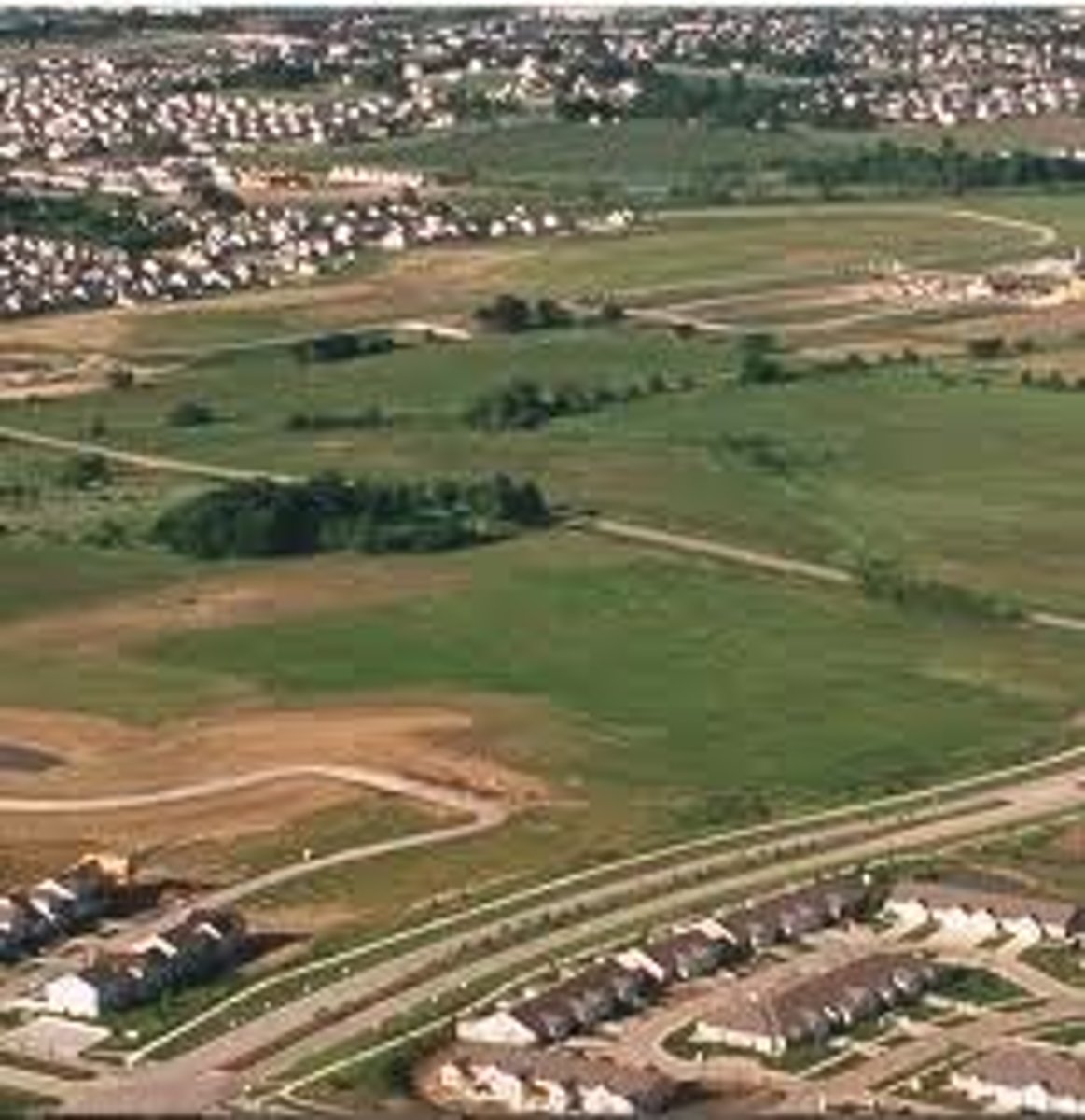
Megalopolis
A continuous urban complex in the northeastern United States (Bos-Wash Corridor)
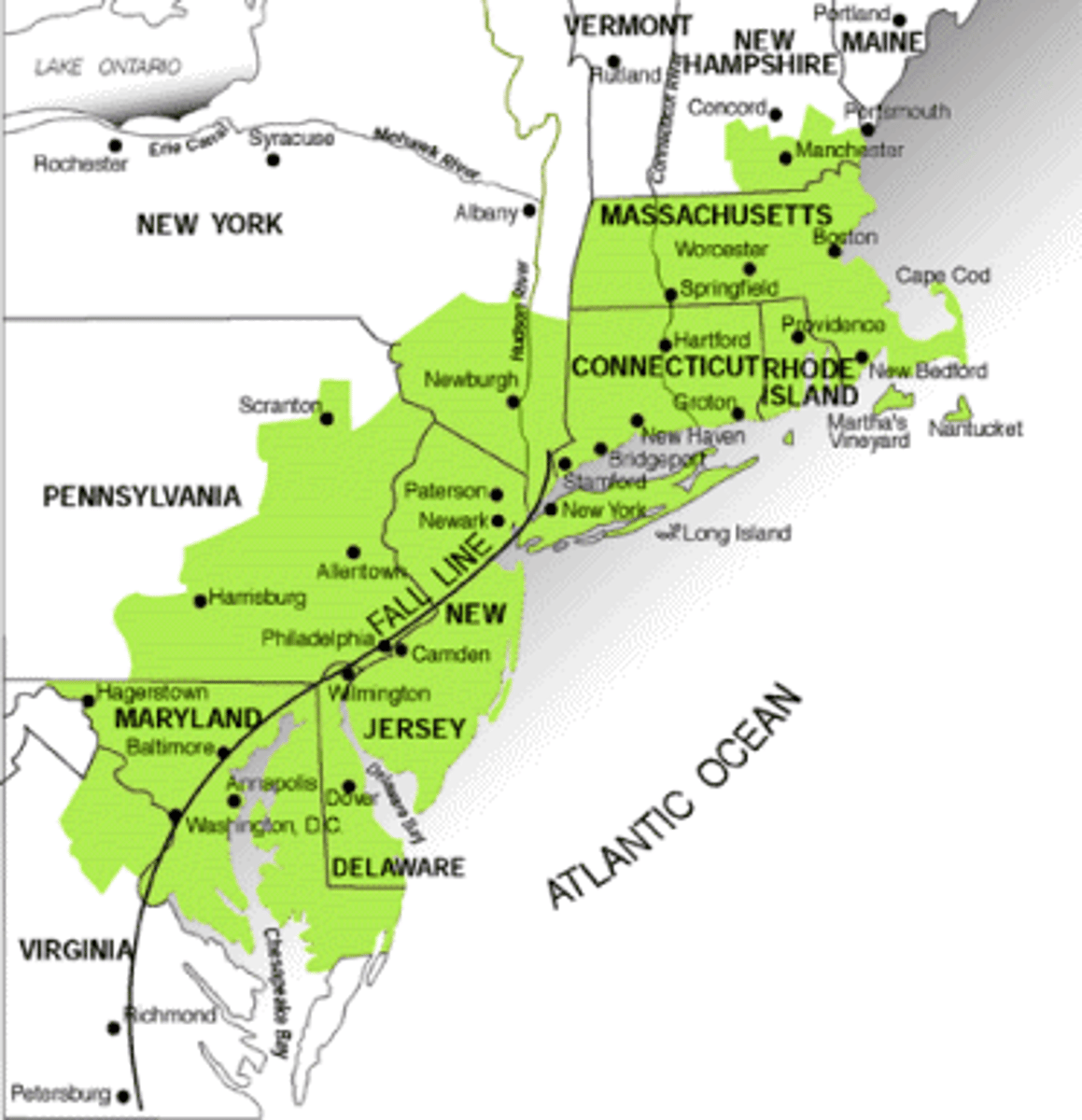
Mixed-Use Neighborhoods
Zoning that has a mix of homes and businesses with a variety of sizes and price ranges.
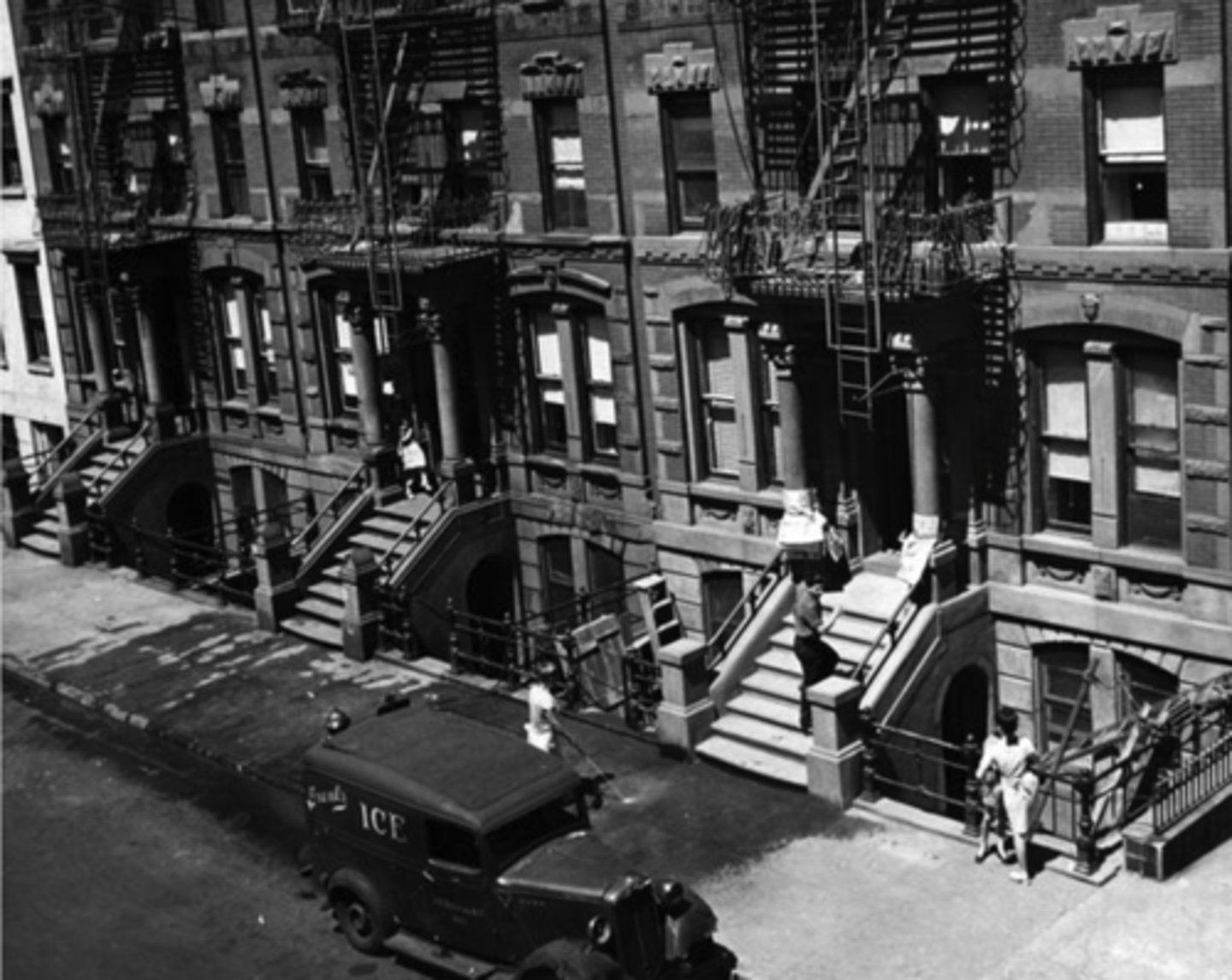
Multiple Nuclei Model
A model of the internal structure of cities in which social groups are arranged around a collection of nodes of activities.
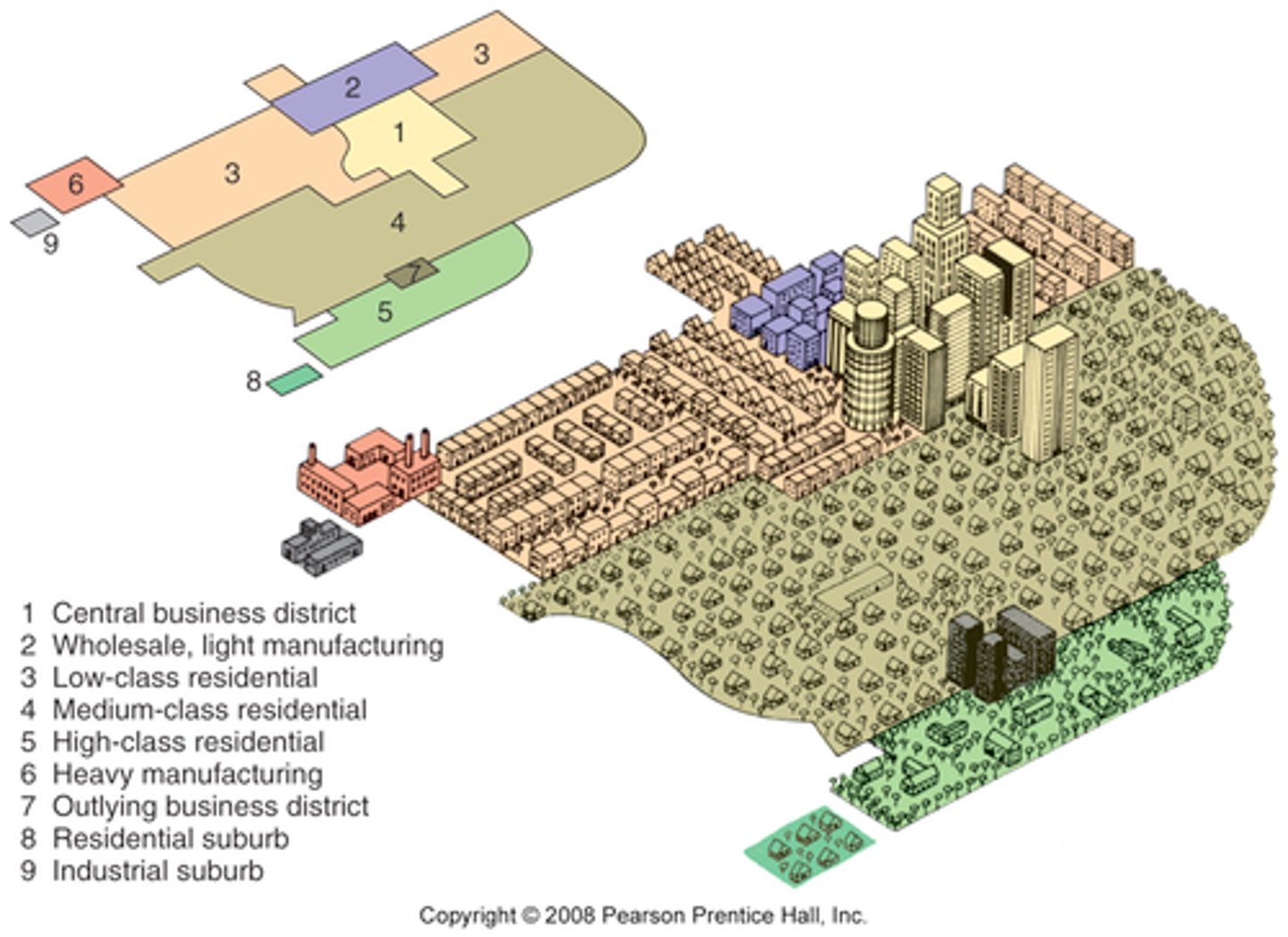
New Urbanism
Urban planning movement with goals of reducing sprawl, increasing affordable housing, and creating vibrant, livable, walkable neighborhoods.
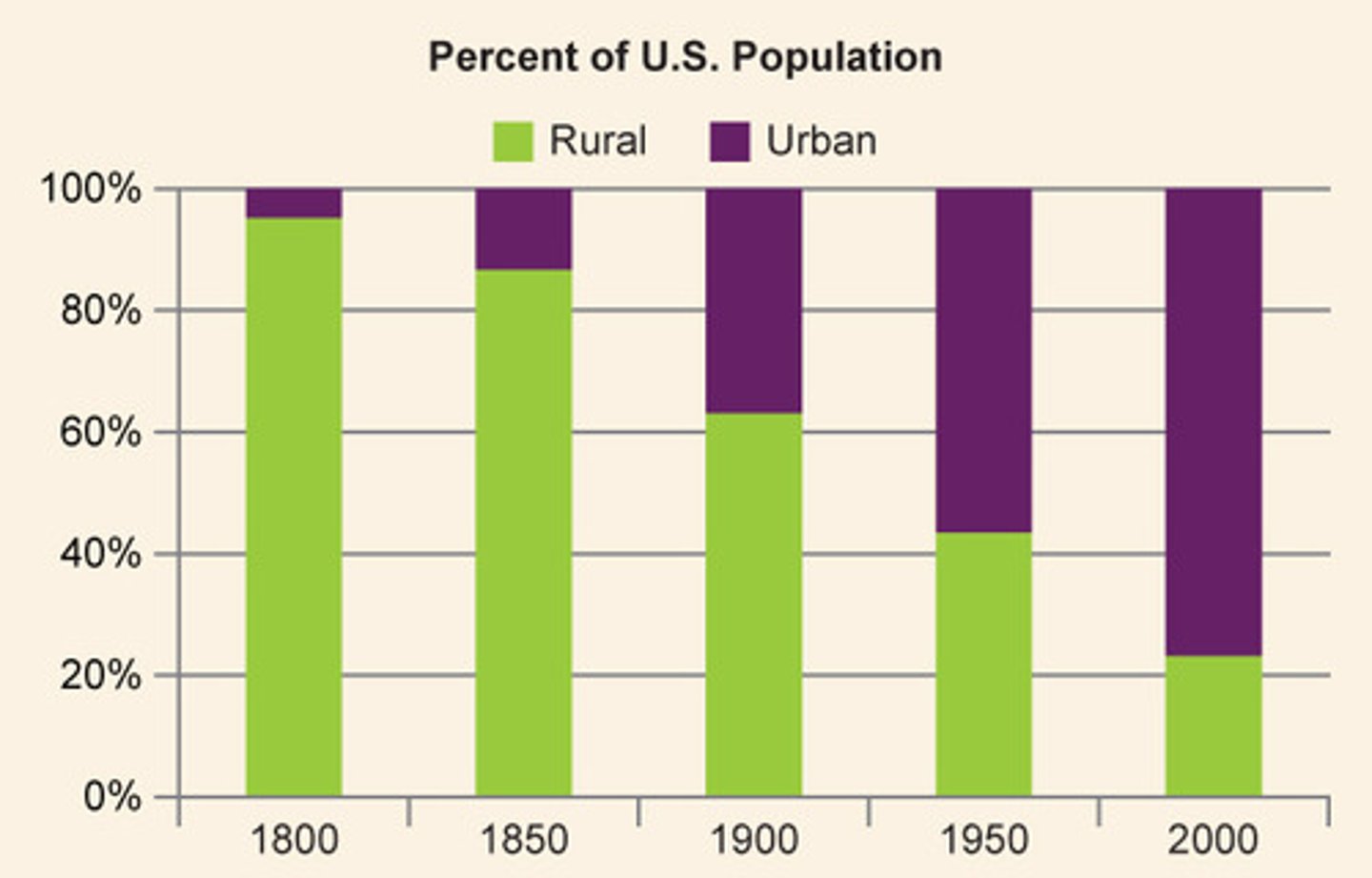
Shadow Economy
An informal economy in more developed countries that is not regulated by local government.
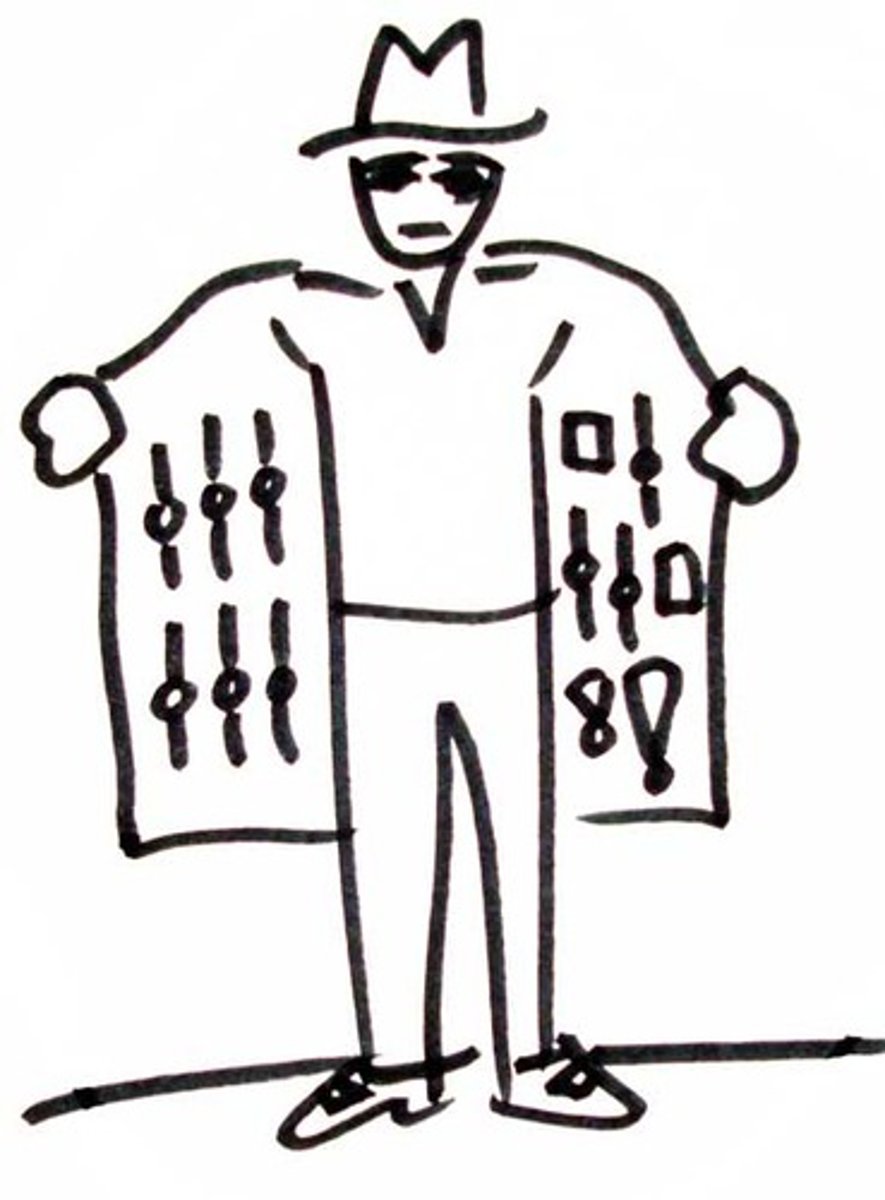
Smart Growth
A set of policies to preserve farmland and other open, undeveloped spaces near a city, often by annexing land to prevent development.
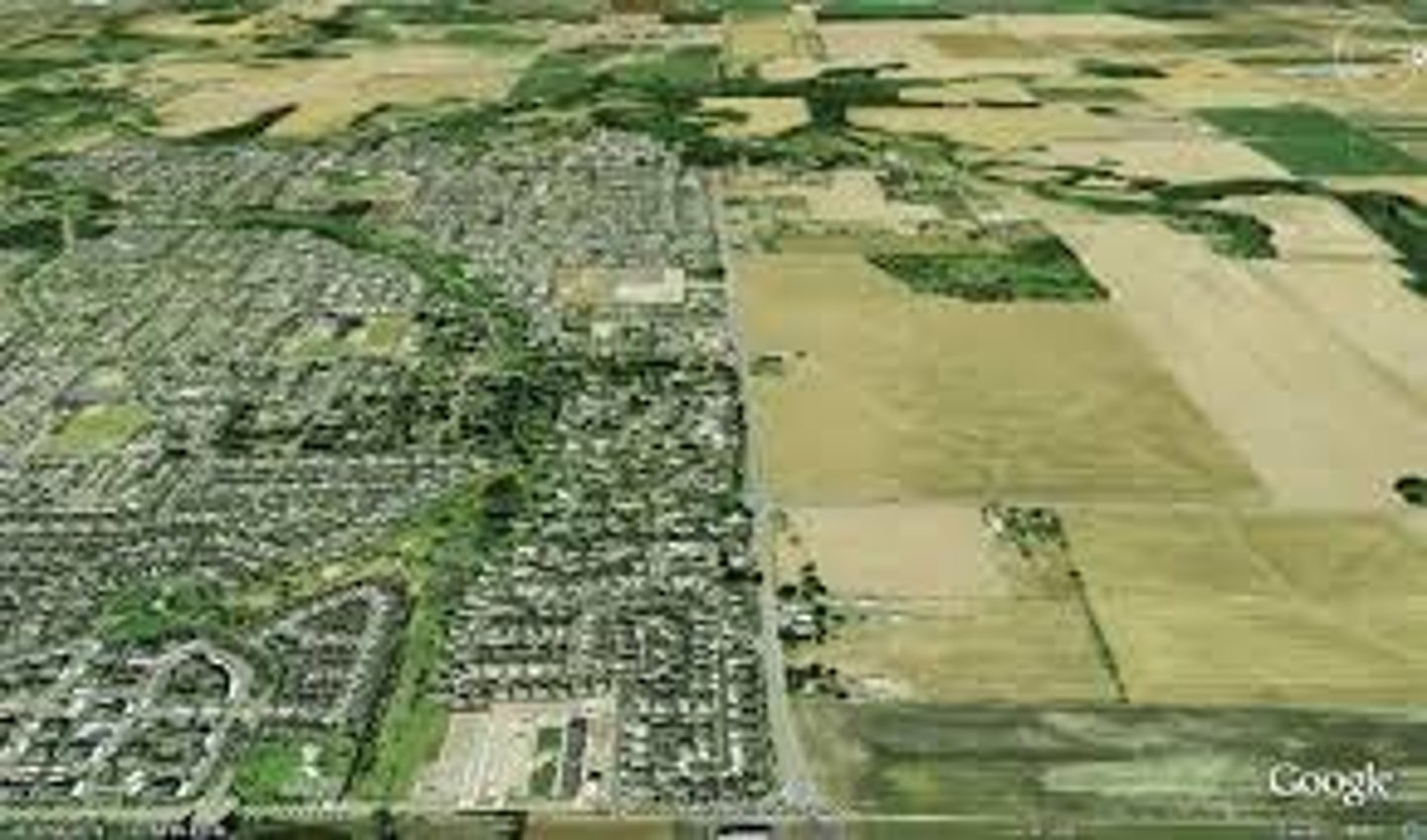
Urban Canyons
Streets lined with tall buildings can channel and intensify wind. They also prevent natural sunlight form reaching the ground.

Urban Colonies
Immigrants that create ethnic enclaves near familiar religious institutions, markets catered to their culture, and family and friends who speak their language.

Urban Heat Islands
The concentration of buildings in the core of a city creates a portion of the city that is warmer than surrounding regions.
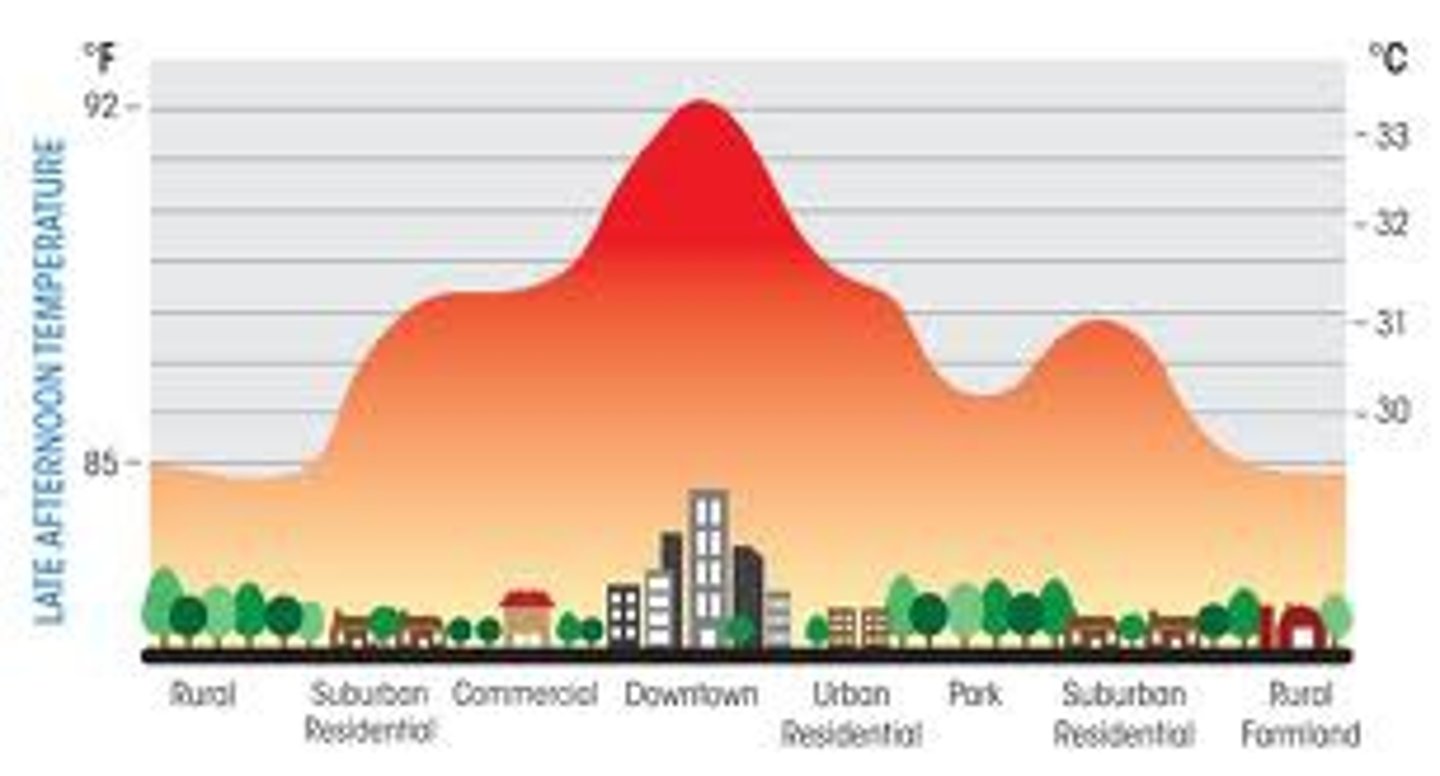
Urban Redlining
A practice by banks that refuse to loan money for those who want to purchase in certain areas that have been designated as a bad investment on a map.
Urban Sprawl
The rapid spread of development outward from the inner city.

Urban Wildlife
Rats, raccoons, and pigeons can thrive in cities, but they can spread diseases and be a nuisance to people.
